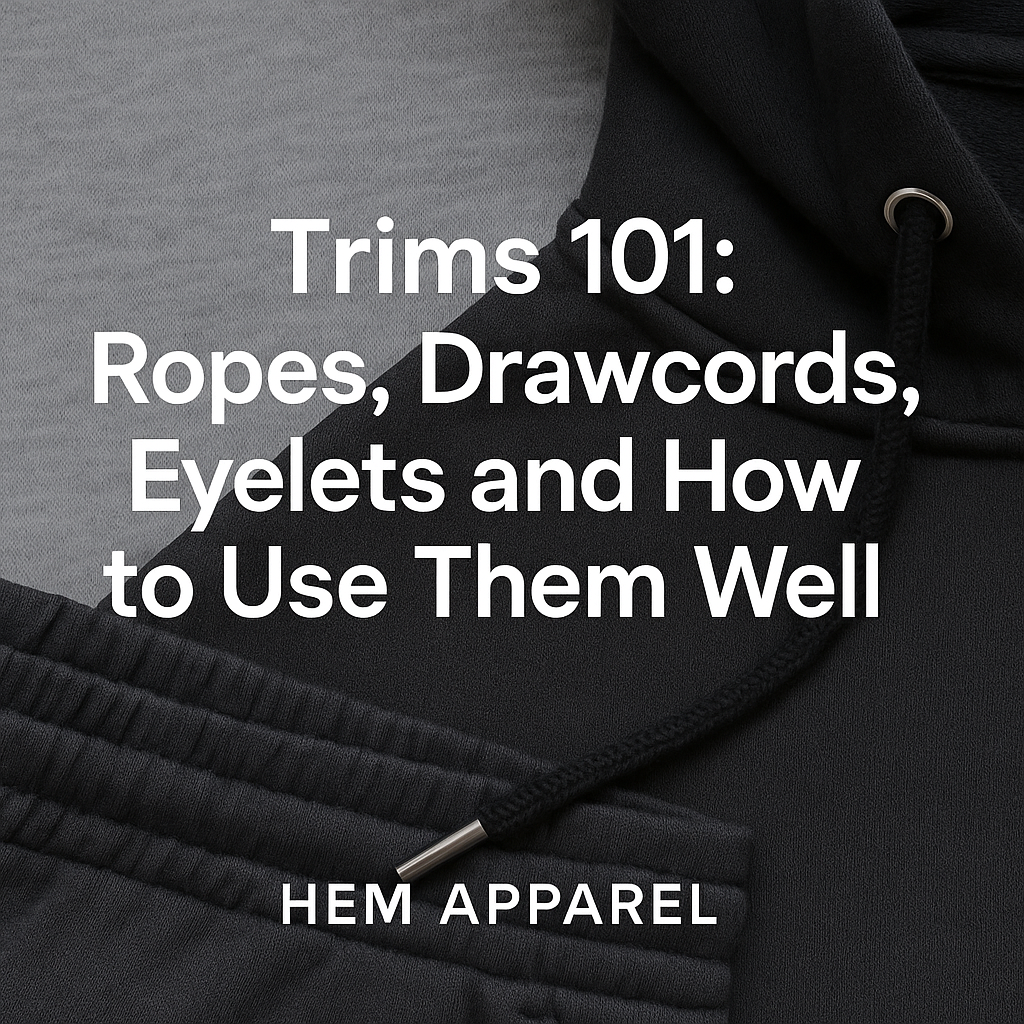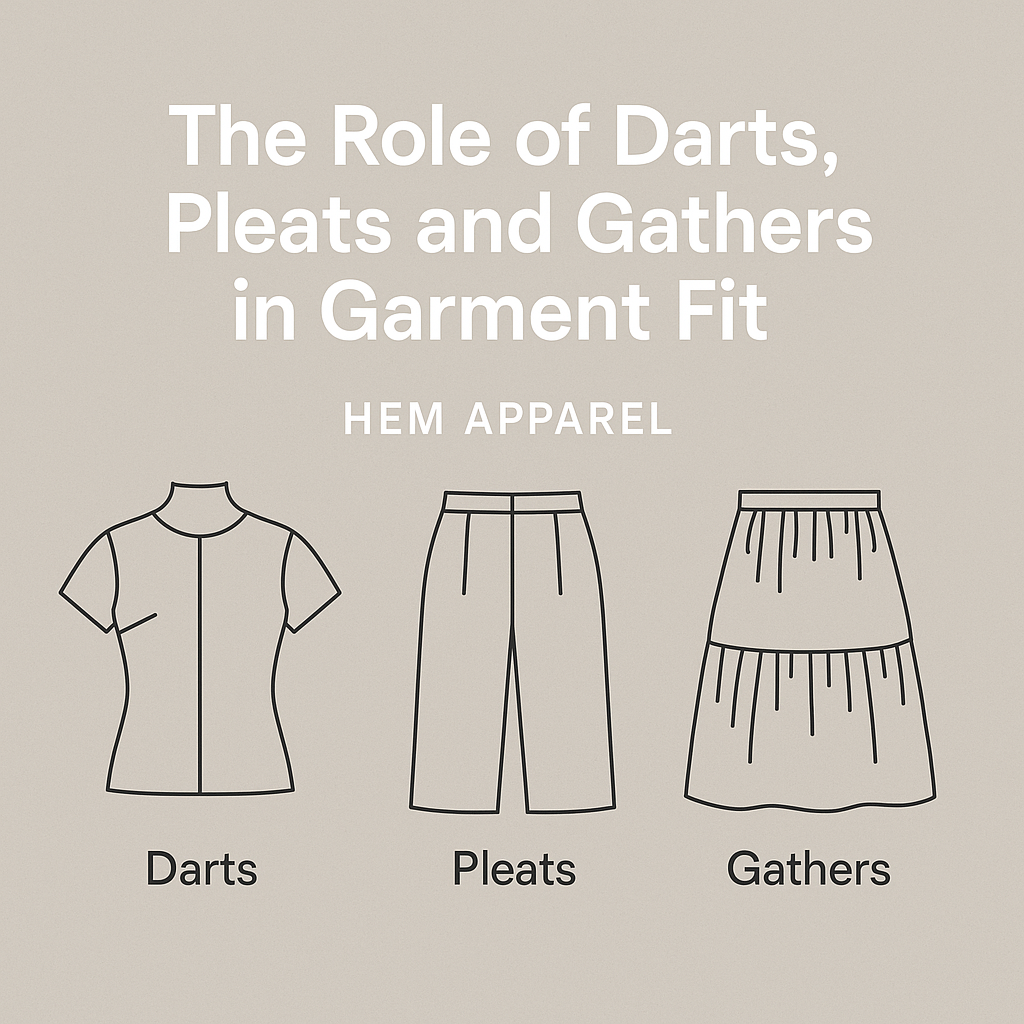All three are soft, drapey, and made from wood pulp — but they’re not exactly the same.
If you’re launching a fashion label or merch line, choosing the right one can impact how your garments look, feel, and last.
At HEM APPAREL, we use rayon, viscose, and modal in everything from elevated basics to premium loungewear — depending on your needs.
🧵 What Are These Fibers Made From?
-
Made from regenerated cellulose (plant-based pulp)
-
Feel smooth like cotton or silk
-
Breathable and moisture-absorbent
-
Often called semi-synthetic: natural source, but chemically processed
🪡 How They’re Different
| Feature | Rayon | Viscose | Modal |
|---|---|---|---|
| Fiber Type | General category | Viscose-process rayon | Premium rayon |
| Handfeel | Soft, drapey | Silky, fluid | Ultra-soft, smooth |
| Durability (wet) | Low | Medium | High |
| Care | Gentle hand wash | Gentle cycle | Machine washable |
| Sustainability | ❌ Low | ⚠️ Medium | ✅ Better (closed-loop) |
👕 Where to Use Each One
-
Rayon → Flowy dresses, linings, budget-friendly basics
-
Viscose → Fashion tops, scarves, skirts with drape
-
Modal → T-shirts, underwear, loungewear with premium comfort
At HEM APPAREL: We often recommend modal for brands that want better softness, durability, and moisture control — especially for next-to-skin pieces.
💡 Blends to Consider
-
Cotton-modal → Boosts softness and durability
-
Viscose-poly → Adds wrinkle resistance and cost savings
-
Rayon-spandex → Gives stretch to body-hugging styles
⚠️ What to Keep in Mind
-
Rayon and viscose wrinkle more and shrink if not handled carefully
-
Modal holds its shape better and lasts longer
-
All are breathable — but modal is the most versatile for daily wear
🧠 HEM APPAREL’s Tip:
Want buttery-soft tees or sleepwear that holds up after washing?
Go with modal or cotton-modal blends — MOQ from 300 pcs/style.
Need a silk-like drape for womenswear? Consider viscose or rayon with lining.
We’ll help you match the right fiber, weight, and finish to your brand vibe.





